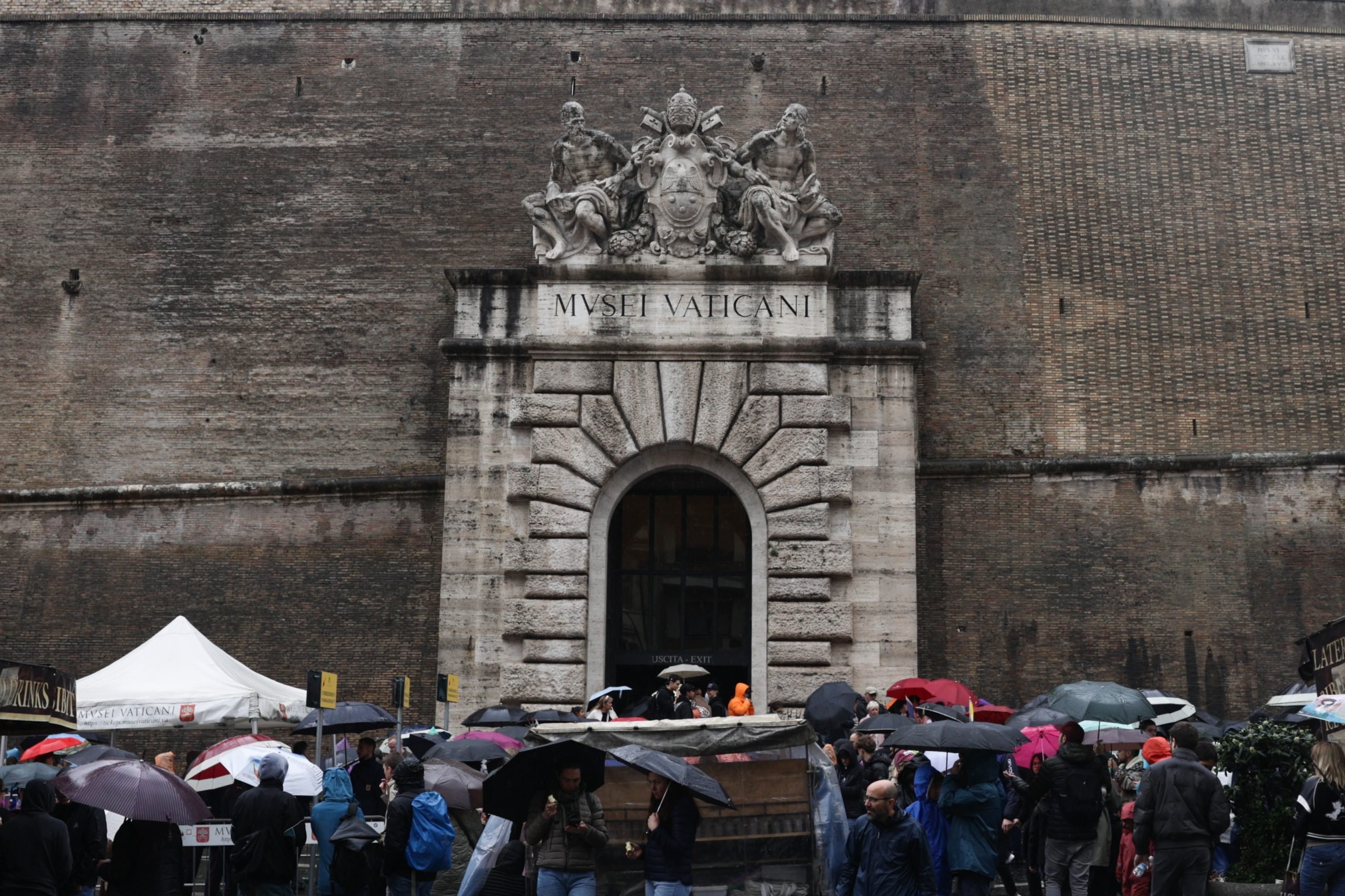
A group of 49 staffers at the Vatican Museums have initiated legal proceedings over allegedly poor labor conditions that “harm the dignity and health of each worker.” These include lower pay for hours worked overtime, limited opportunities for career progression, and insufficient safety provisions for both employees and visitors.
Filed on April 23 but only made public on Sunday, May 12, this is the first class action lawsuit of its kind in the Holy See, which does not permit unions.
In compliance with Vatican law, the plaintiffs have first filed a petition with its administrative body, known as the Governatorate. This is the first step in a mandatory conciliation process that gives Cardinal Fernando Vérgez Alzaga, president of the Governatorate, 30 days to respond before the complaint goes to the Vatican’s labor office for further attempts at reconciliation that could result in a tribunal. Within this uniquely archaic system, however, if the Vatican’s labor office refuses to hear the case then the employees will have no further recourse, according to the Independent.
The workers, who are all Italian and have been employed by the Vatican Museums for many years, have tried other measures to make their grievances heard, according to their lawyer Laura Sgrò. She described the decision to initiate legal action as “quite extreme,” to the Guardian.
Among the allegations listed on the petition is the lack of a furlough scheme, meaning that employees were made to give back the pay that they received while unable to work during lockdown in 2020, as detailed in Il Corriere della Sera. This meant that, from October 2021, a portion of their normal salary was withdrawn until the debt was repaid.
Some employees reported facing disciplinary action after visiting their own doctor while claiming sick leave and failing to be at home during a mandatory check by the official Vatican doctor. Others said that they worried they would be penalized for taking time off to look after family members in what they believe is a discriminatory and opaque approach to promoting workers into more senior positions.
There are also safety concerns over the frequent overcrowding of the Vatican Museums, one of the world’s top tourist destinations, which drew over 5 million visitors in 2022 and nearly 7 million in 2019. Specifically, the employees claimed that “between 25,000 and 30,000 people pass through the Vatican Museums daily, despite the maximum entry limit being 24,000 per day.”
Finally, the employees noted the risks associated with such large crowds and a lack of air conditioning in the summer months, both for staff, visitors, and exhibits. The plaintiffs say these and a longer list of complaints have left them feeling like commodities.
The Vatican and Vatican Museums did not respond to a request for comment.